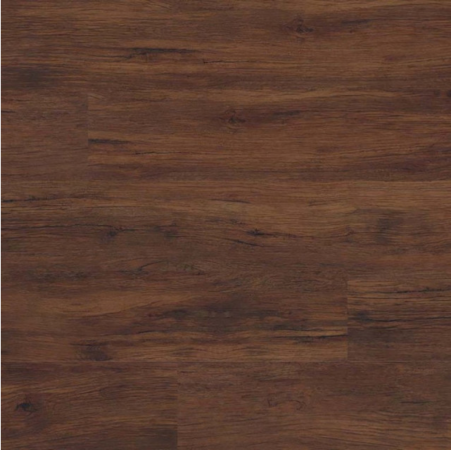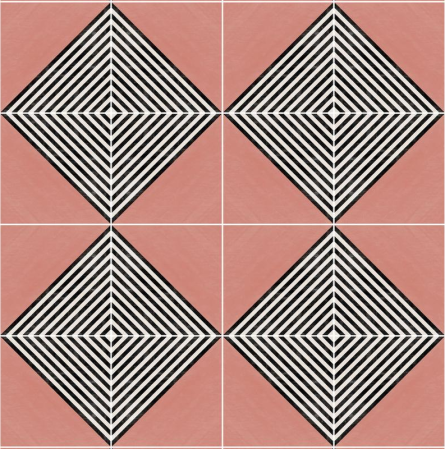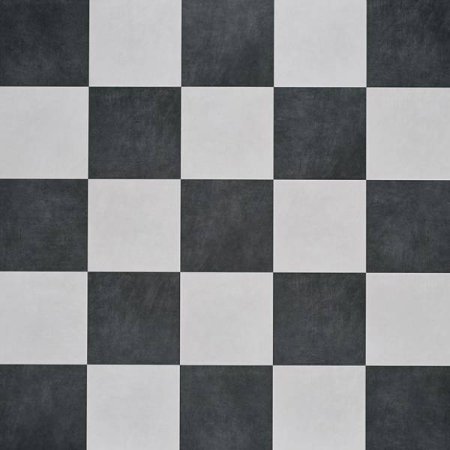We may earn revenue from the products available on this page and participate in affiliate programs.
There are two general schools of thought when it comes to kitchen flooring: Sell your soul to hardwood or fake it till you make it. Of course, we all want the real thing; the question is, can we afford it? In Houzz’s Kitchen Trends report, more than 2,500 U.S. homeowners weighed in on their recent renovation projects—and we discovered it’s okay to go faux.
The majority of respondents (29 percent) claimed that natural hardwood is their top choice for flooring, so authenticity is still very much the end goal. Ceramic/porcelain tile was the second most popular answer (23 percent of interviewees chose this option). Then there’s vinyl—you know, that man-made stuff that makes you think of dentist’s offices and diners? Vinyl is experiencing a three-year climb, jumping from 10 percent in 2018 to 14 percent in 2020. It might not be the number-one pick right now, but it has the potential to be.
The reason more people are starting to lean toward synthetic has everything to do with cost. Vinyl can be designed to look like hickory, oak, or pine planks for a fraction of the price. (According to an estimation from the Spruce, vinyl is usually $2 to $5 per square foot, while hardwood is $8 to $25, depending on the species.) That’s a good chunk of change back in your pocket for other renovations.
Another smart way to take advantage of the material’s low cost: peel-and-stick tiles. Designer Brady Tolbert bought self-adhesive ones to cover up his dingy linoleum flooring, going old school with a checkered black and white pattern. It took him one afternoon and just $50 to redo the entire floor—and you would never guess it was vinyl. DIYers on a budget, take note.
Our Winter Renovation issue is here! Subscribe now to step inside Leanne Ford’s latest project—her own historic Pennsylvania home. Plus discover our new rules of reno.





